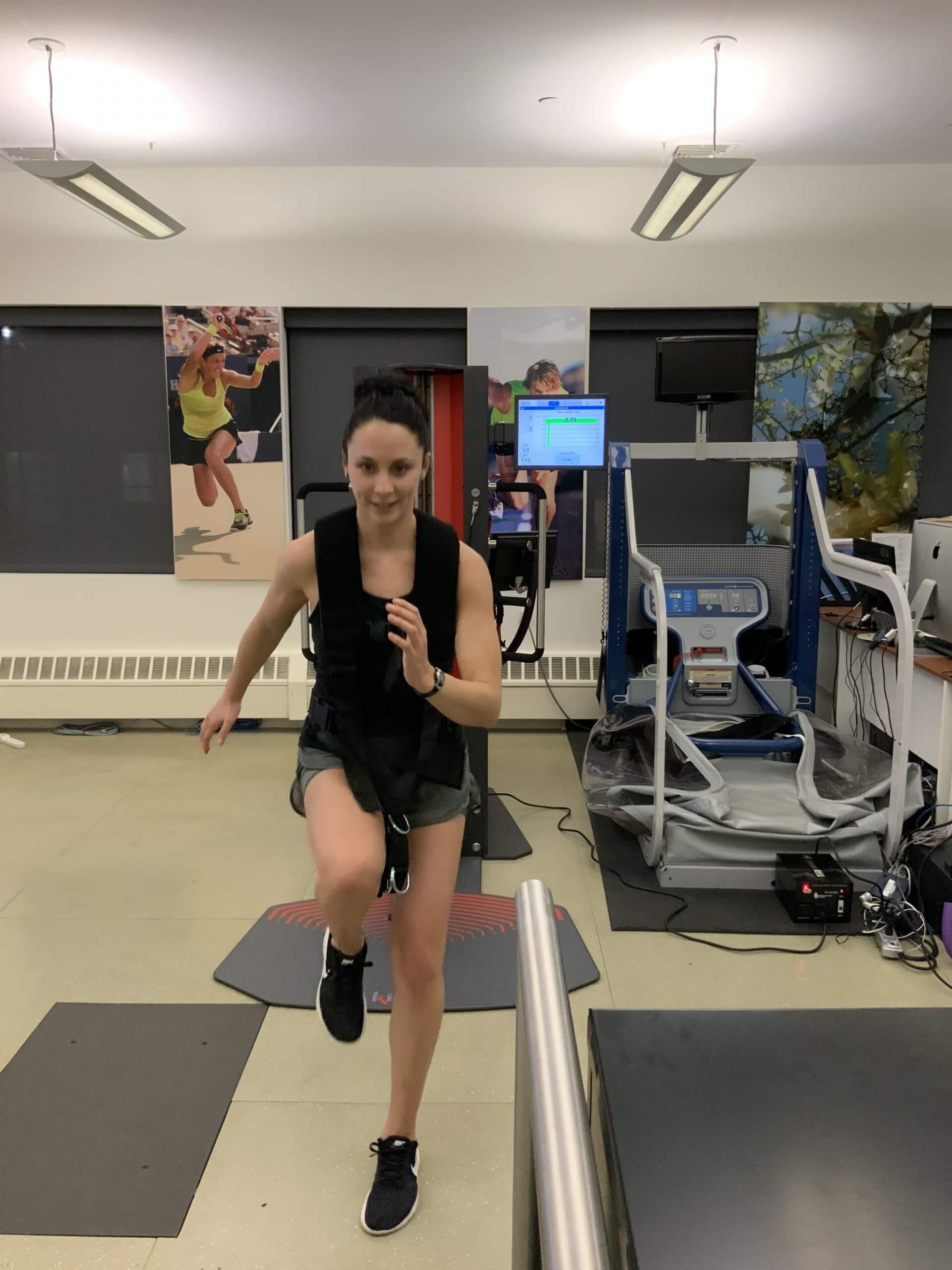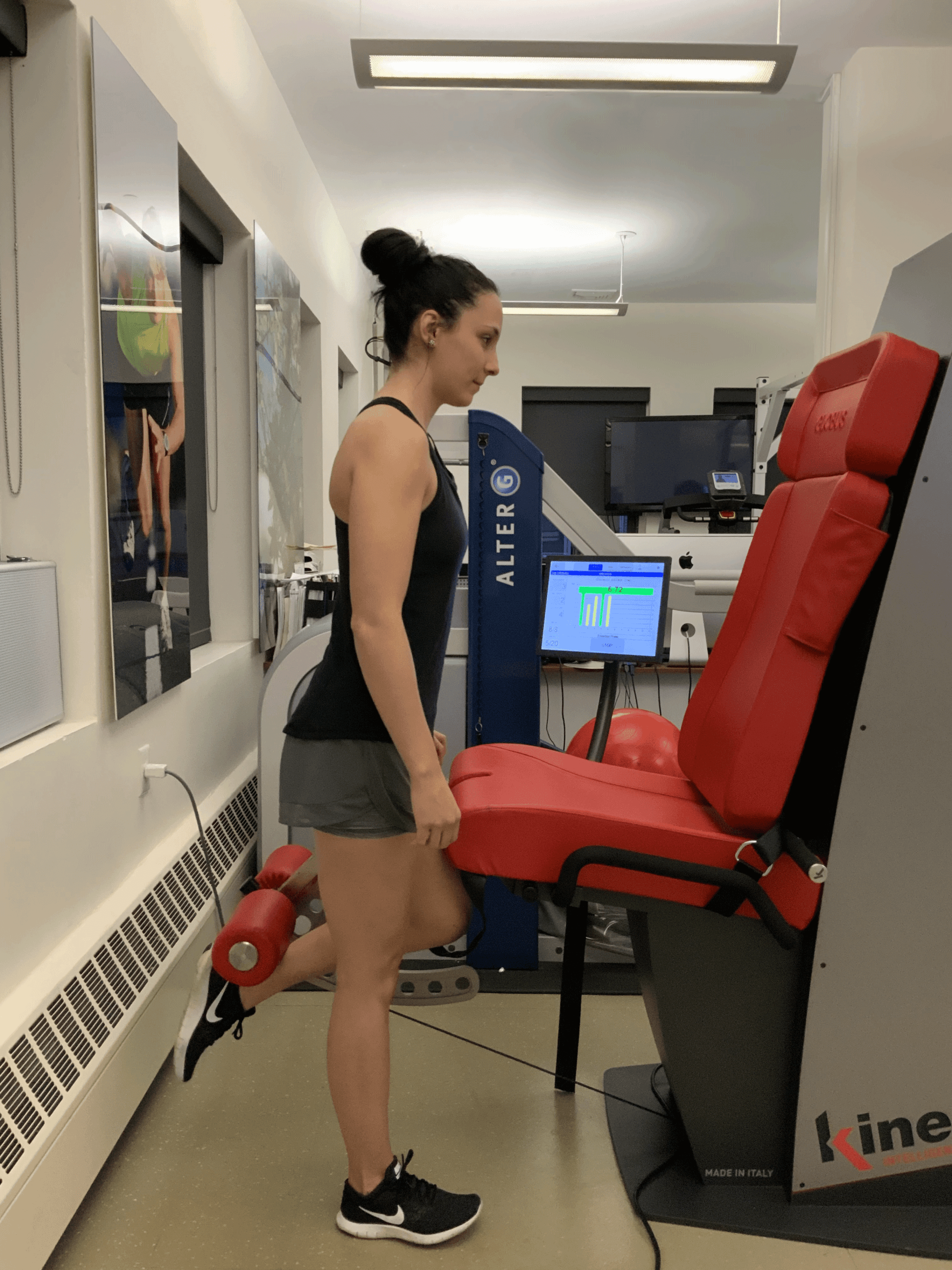If your running regime has stopped for six weeks in a row, you need to correct muscle imbalances prior to resuming your exercise routine. If your muscles are unbalanced, you can experience poor posture and muscle misalignment. Negative symptoms associated with muscle imbalances can lead to a potentially harmful injury caused by running. Once you get the muscles back into a harmonious relationship, your legs work together without risking exposure to any negative issues.
Your mobilizing muscles are large groups of muscles that influence the body to move. The stabilizing muscles are small groups of muscles that go against the flow of gravity. Both groups of muscles must live together in peace. Otherwise, you risk falling down.
Causes of Muscle Imbalances
A mobilizing muscle is too tight
A stabilizing muscle is too weak
Misalignment causes a breach in your nervous system
A neuromuscular system problem causes you to lose your balance
Your body experiences poor posture
Muscle reaction time becomes slower
Closed-chain exercises can assist you in evaluating muscles that are no longer working together in a cooperative manner.
These exercises enable you identify areas of your body that are stiff or out of balance. The exercises let you know whether your muscles need to get stronger or if their motion ranges are experiencing issues.
Use close-chained exercises to achieve the correct symmetry. These exercises mimic the same leverage patterns occurring when you run. When practicing the exercises, aim for perfect muscle coordination.
For instance, when you practice swinging the arms, pay strict attention to your goal. Your purpose is to place specific angles in the right places. Try to keep the harmony flowing from the beginning to the end of your session. Practice a favorite meditation technique as a way to maintain your focus throughout the exercises.
Do not underestimate the significance of attaining a higher level of concentration. When your mind focuses on each of the techniques, your body is able to achieve improved stability. You cannot practice close-chained exercises with precision unless your mind is in a meditative state.
Stop performing these exercises the minute you start to feel tired. Otherwise, you risk having an accident. Take frequent breaks. Before resuming the exercises, eat an energy bar and drink a glass of pure water. It is better to perform each exercise correctly rather than experience a problem. You do not want your body to become twisted into an unnatural position.
Kineo – the most versatile muscle testing using artificial intelegence
Kineo – the most versatile muscle testing using artificial intelegence
Kineo – the most versatile muscle testing using artificial intelegence

























































